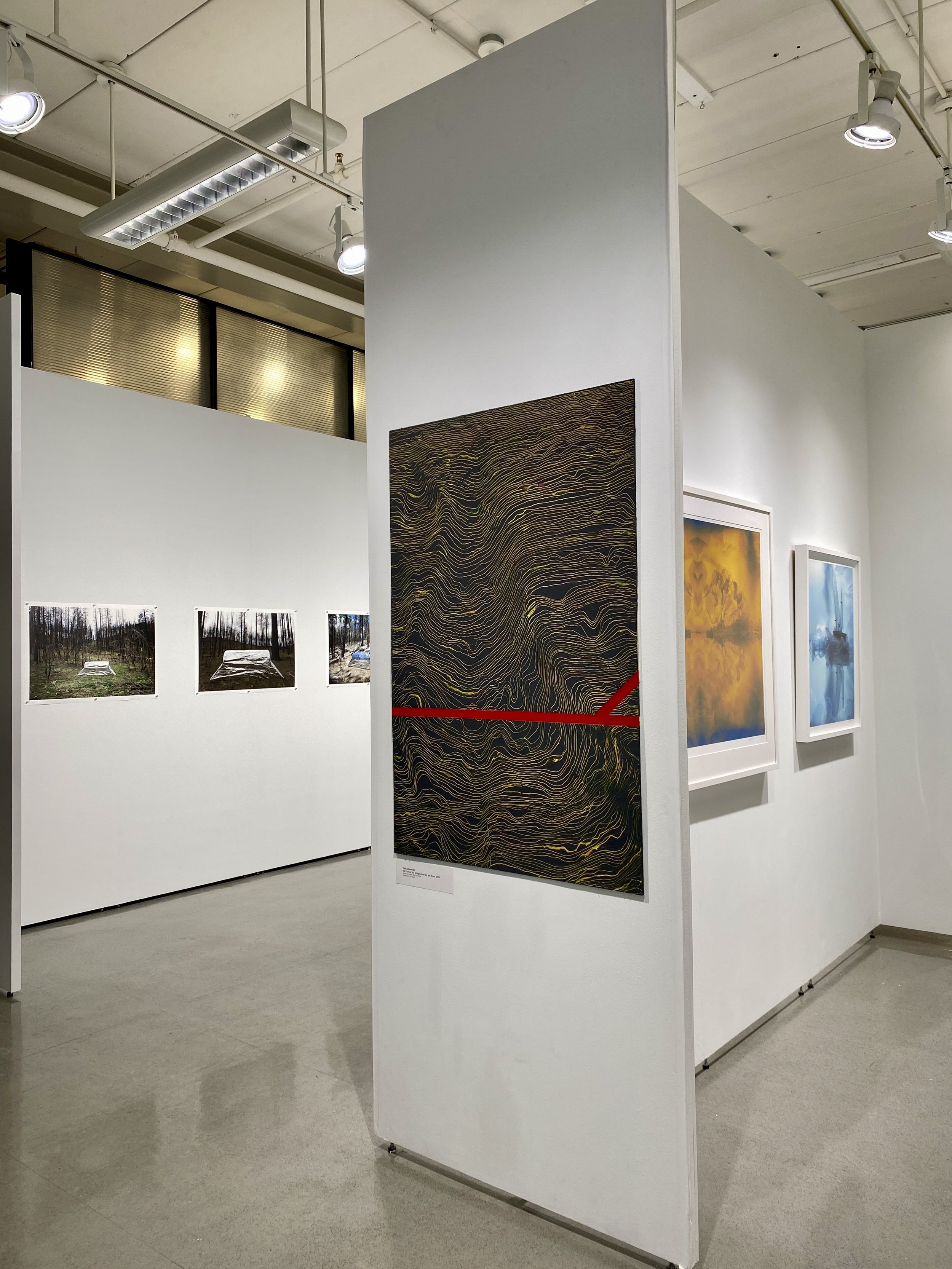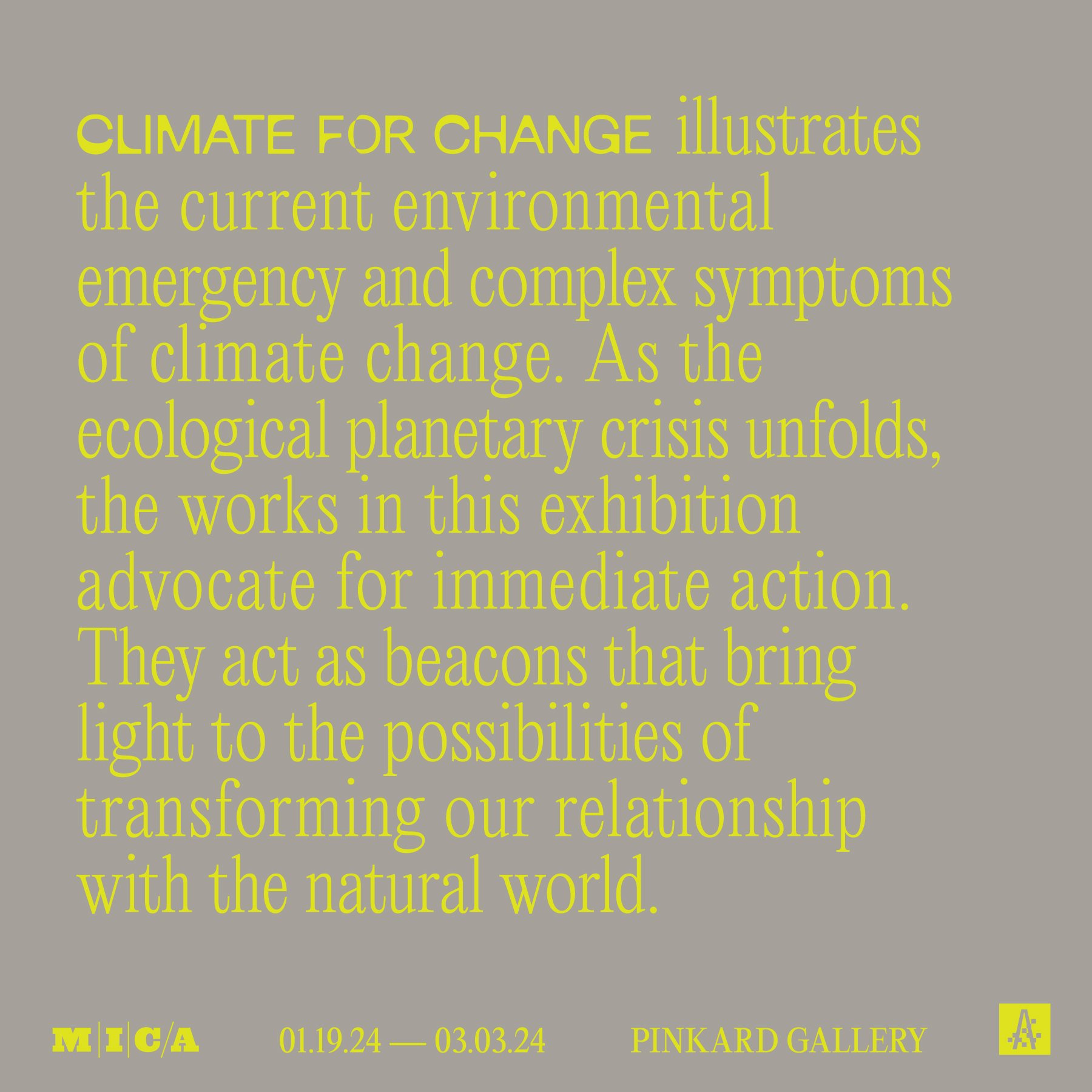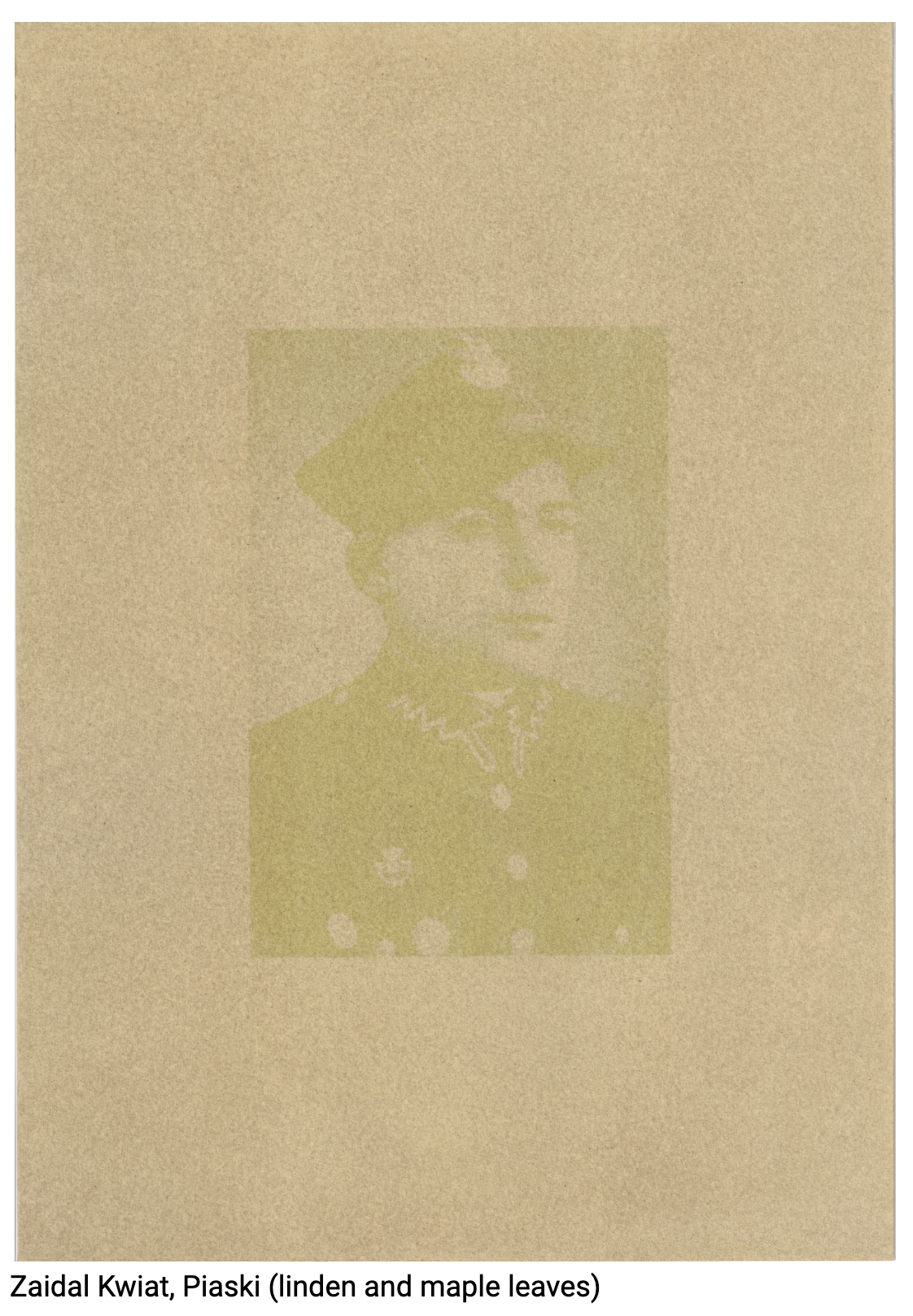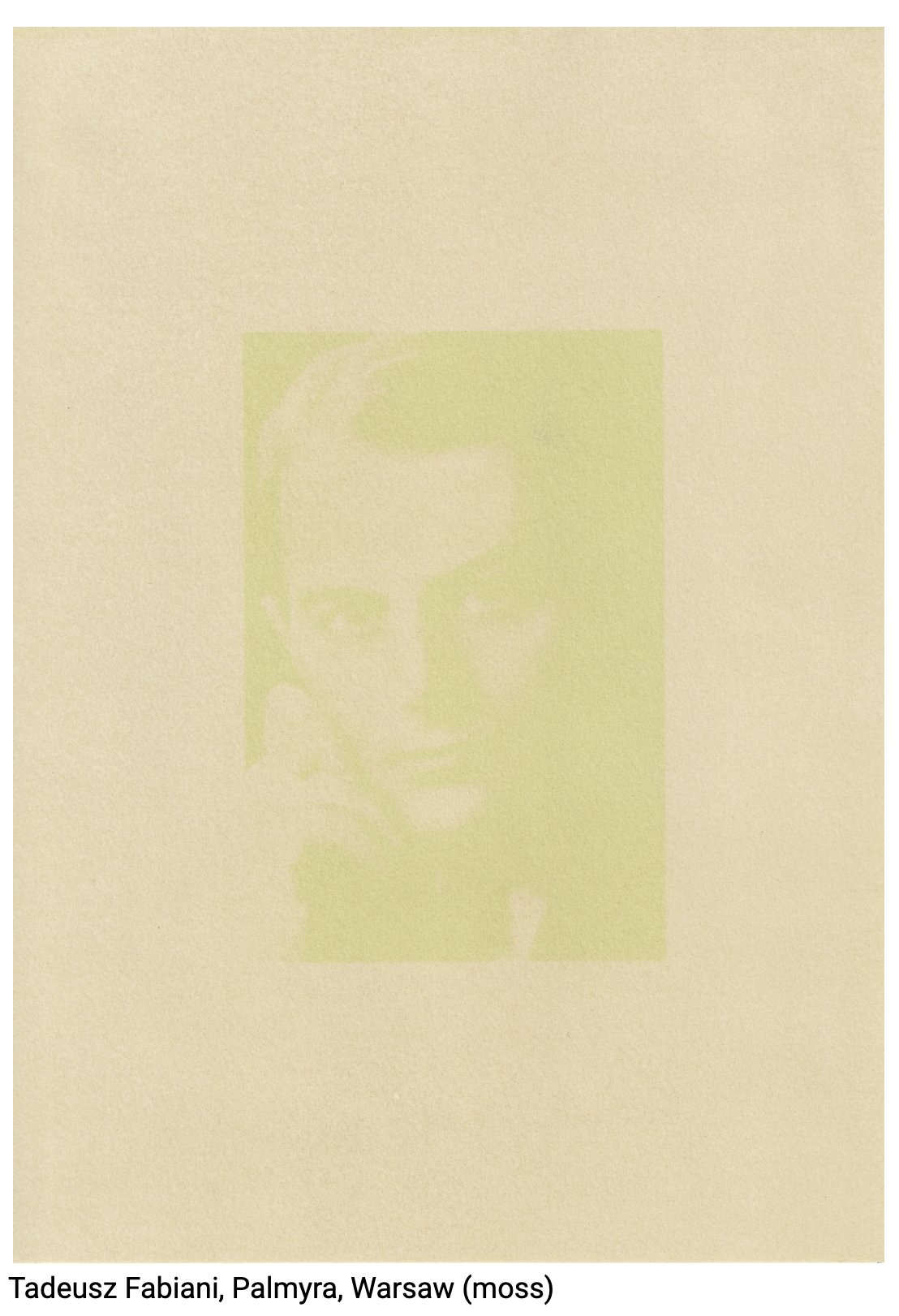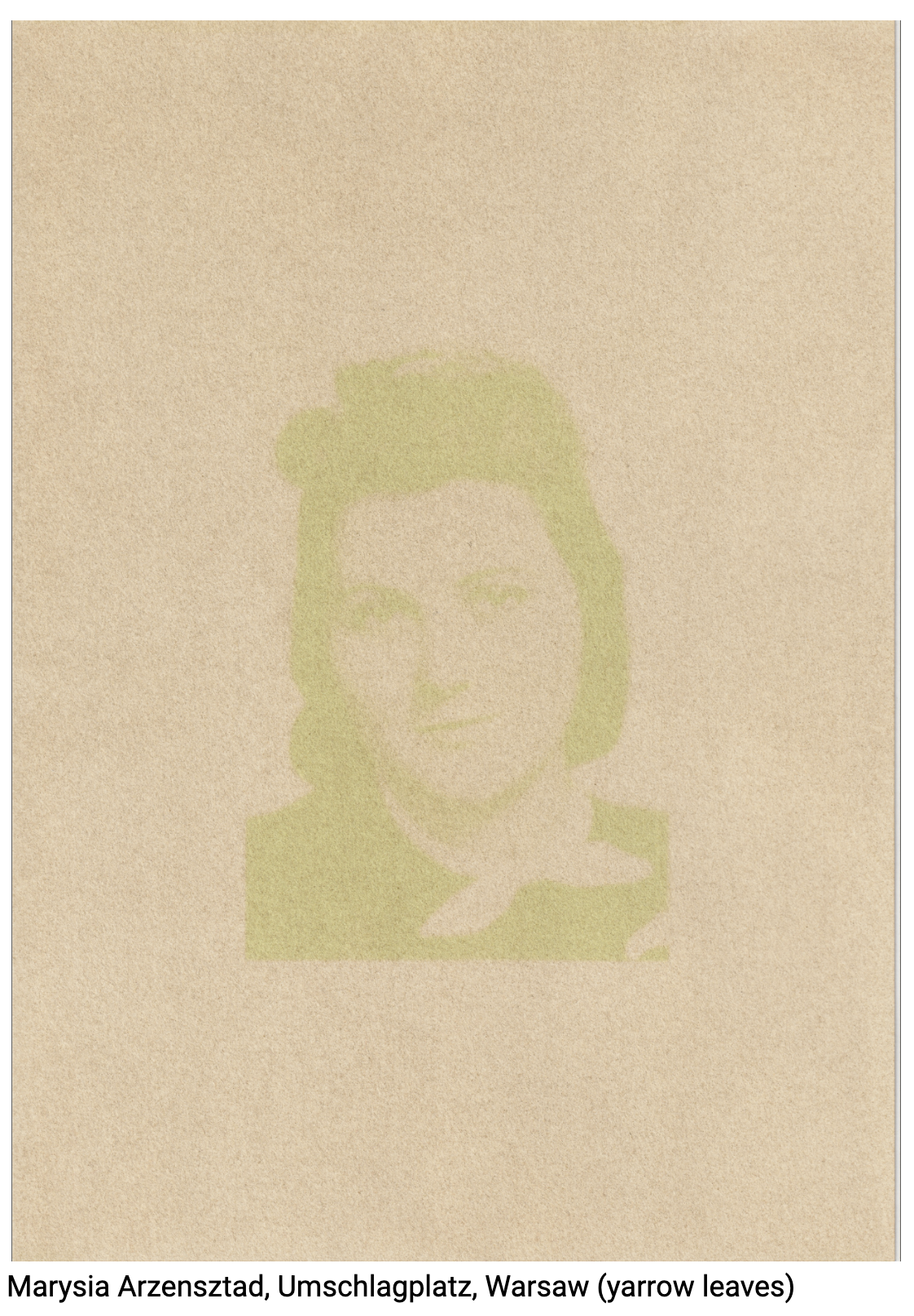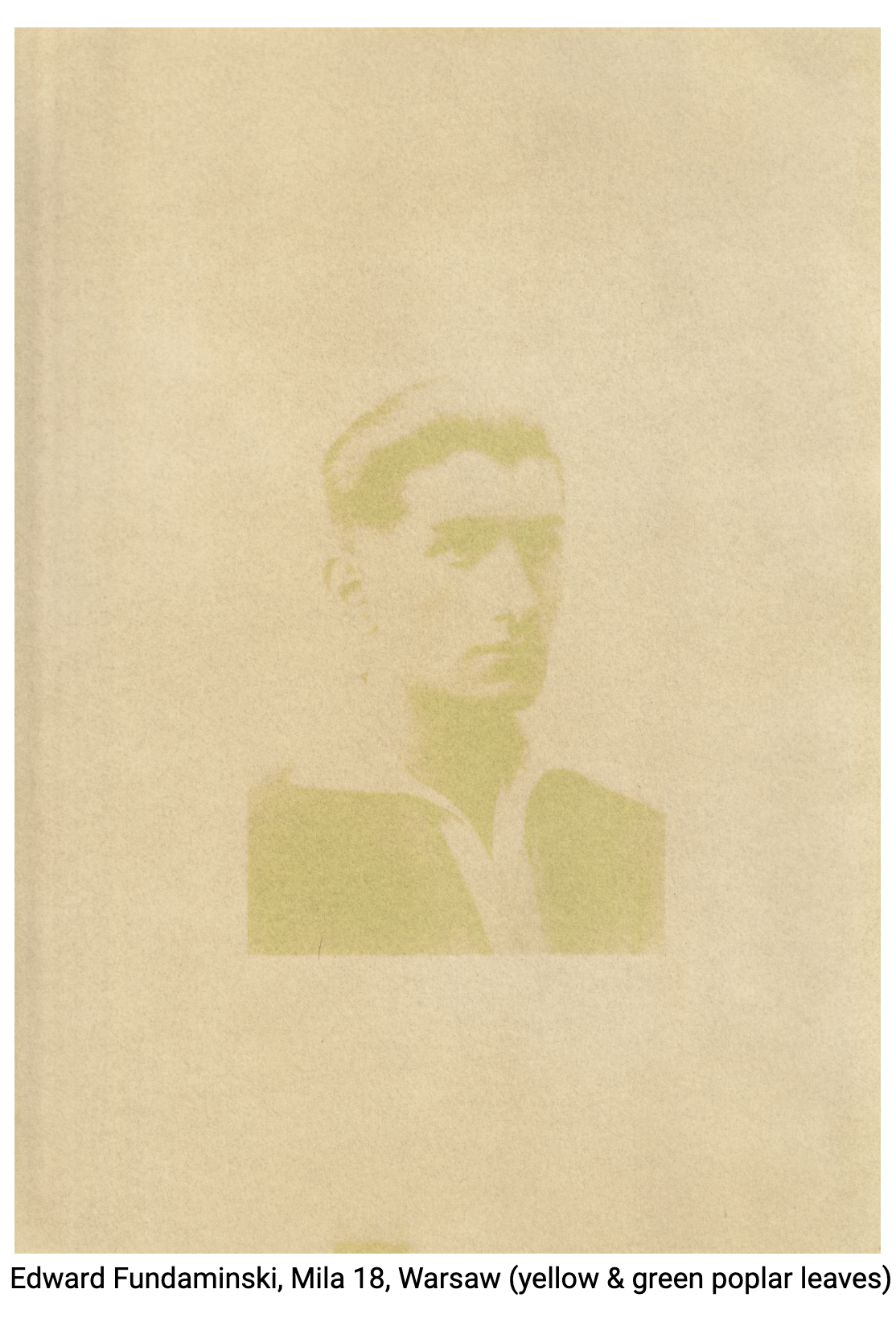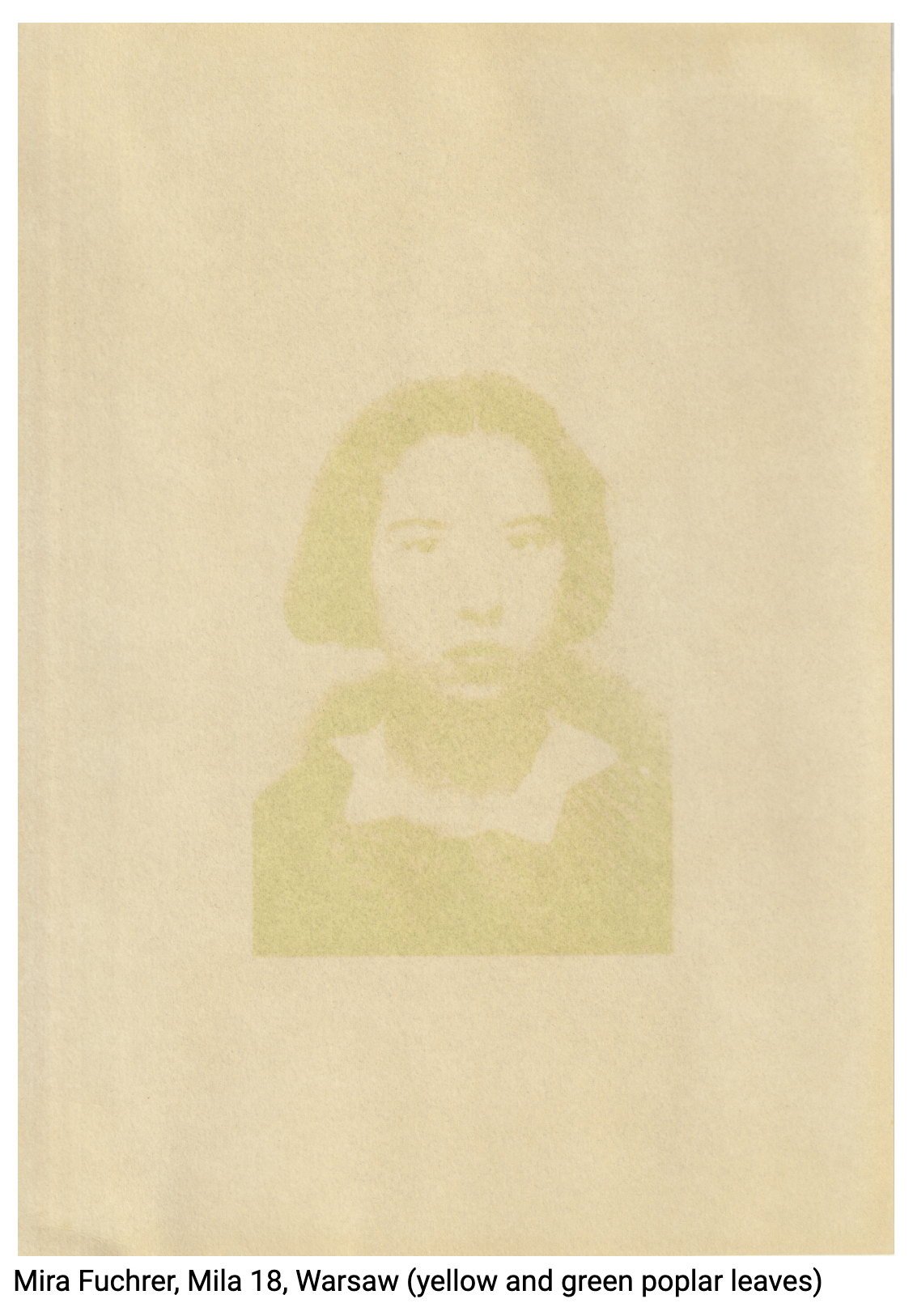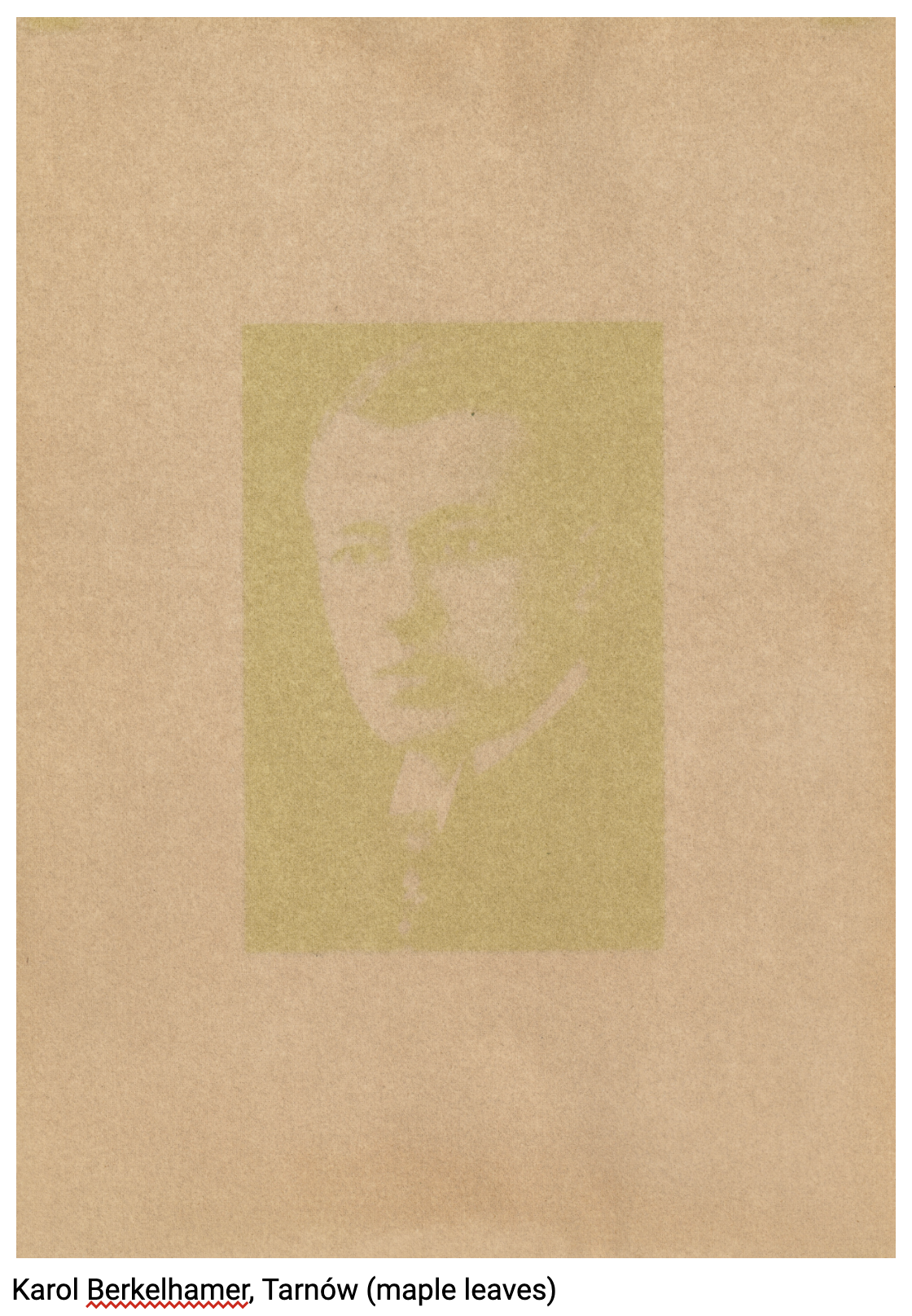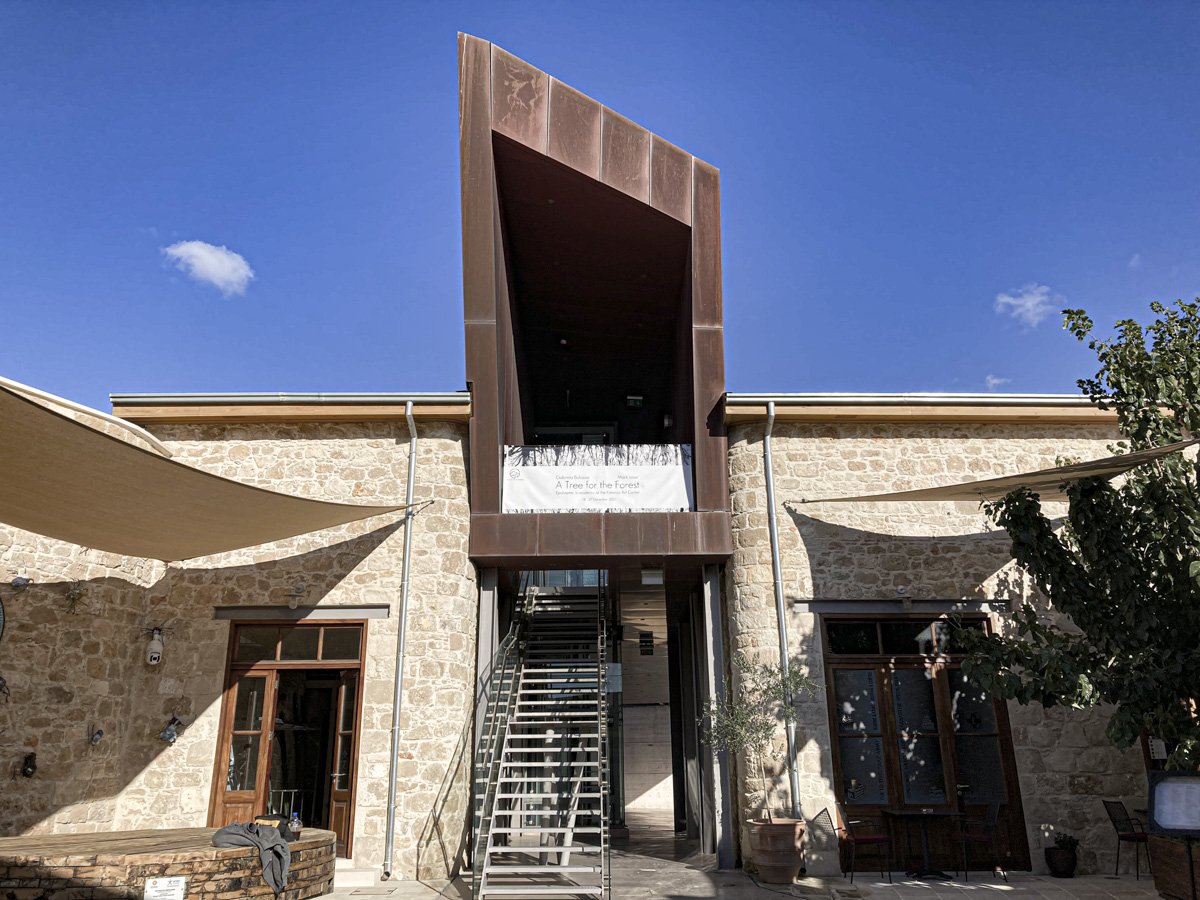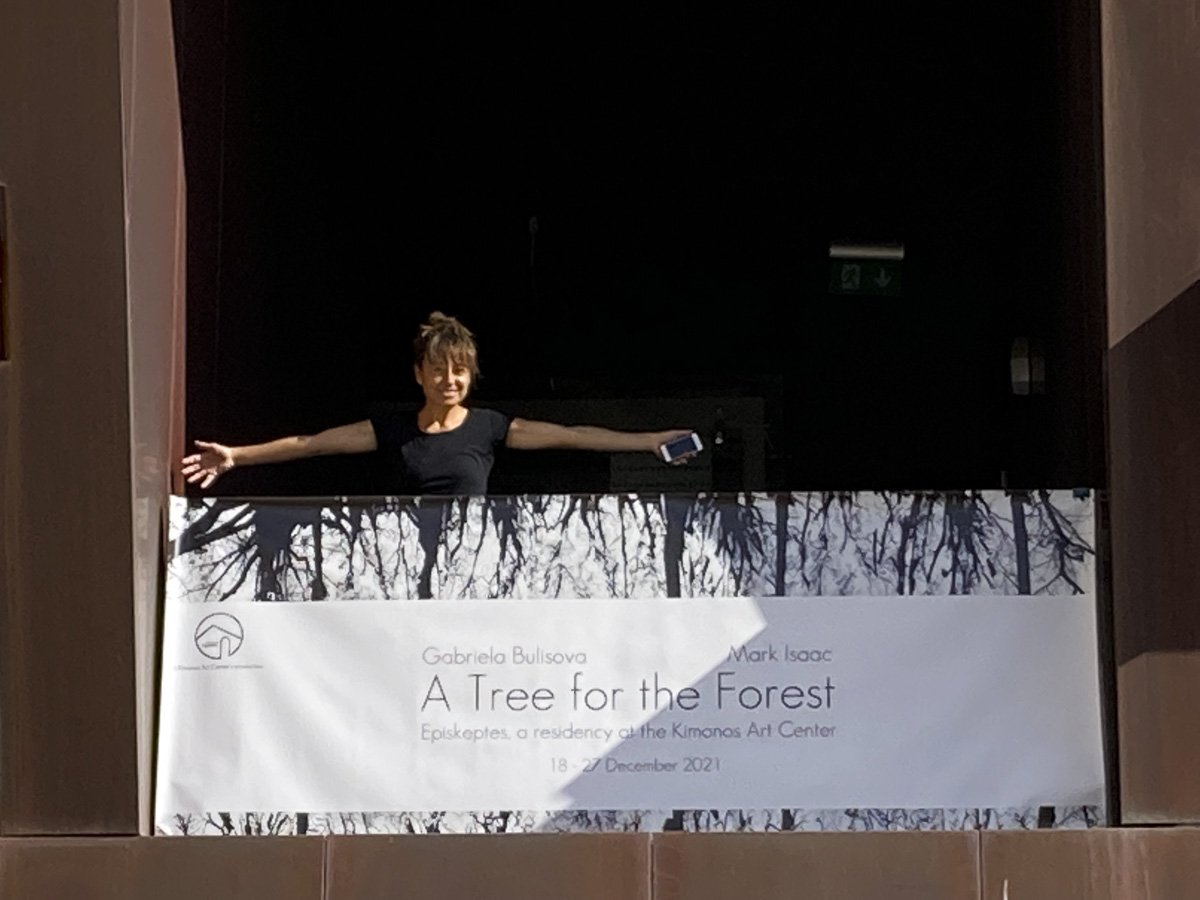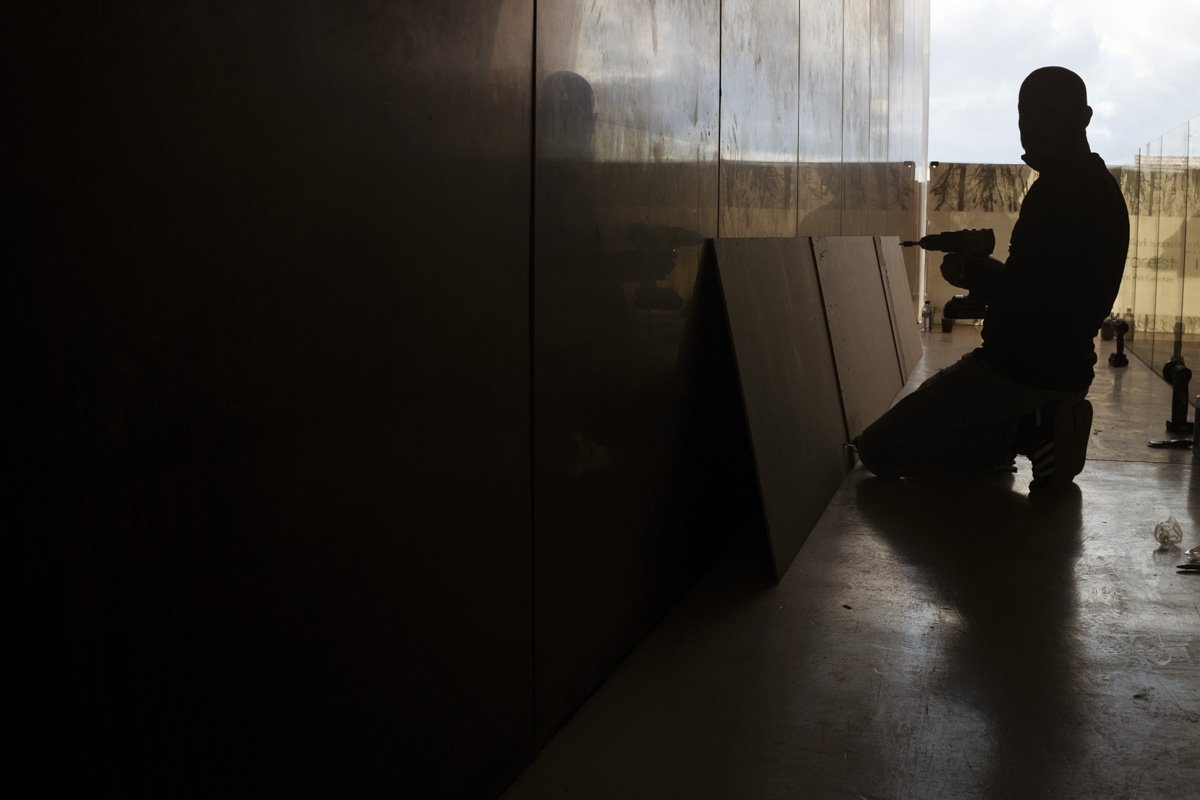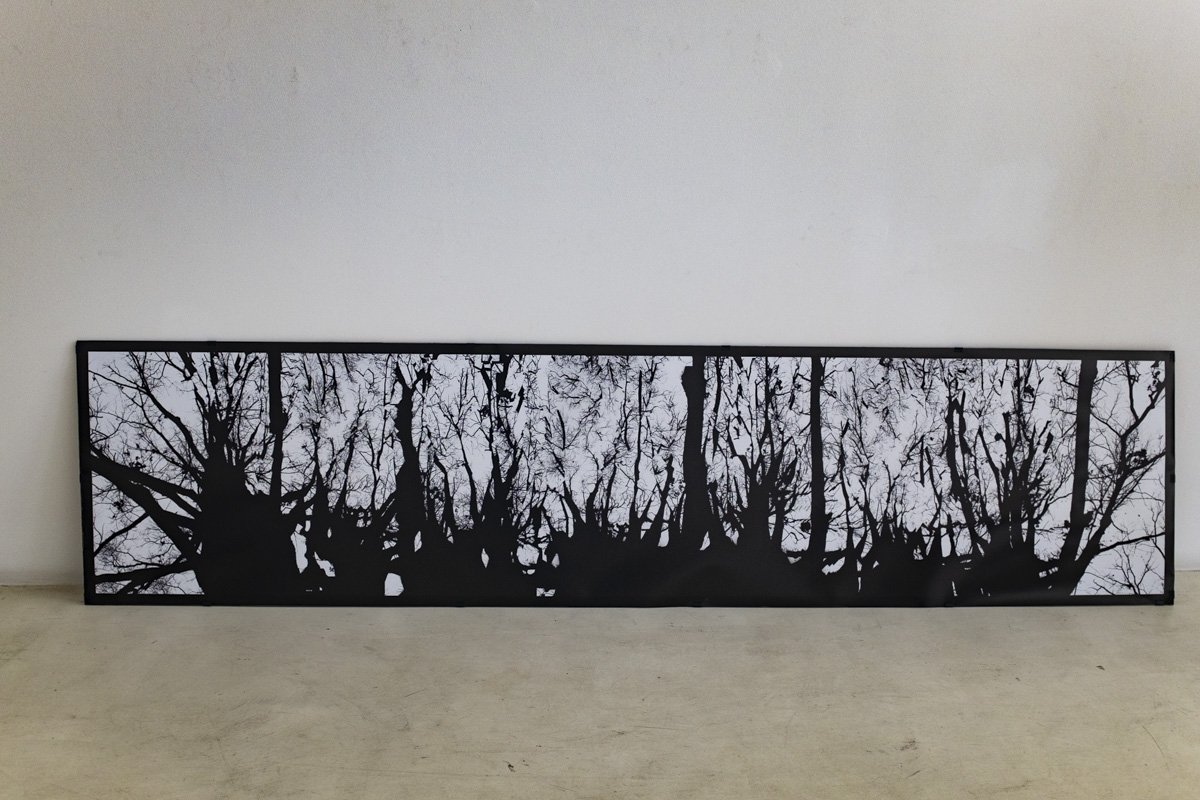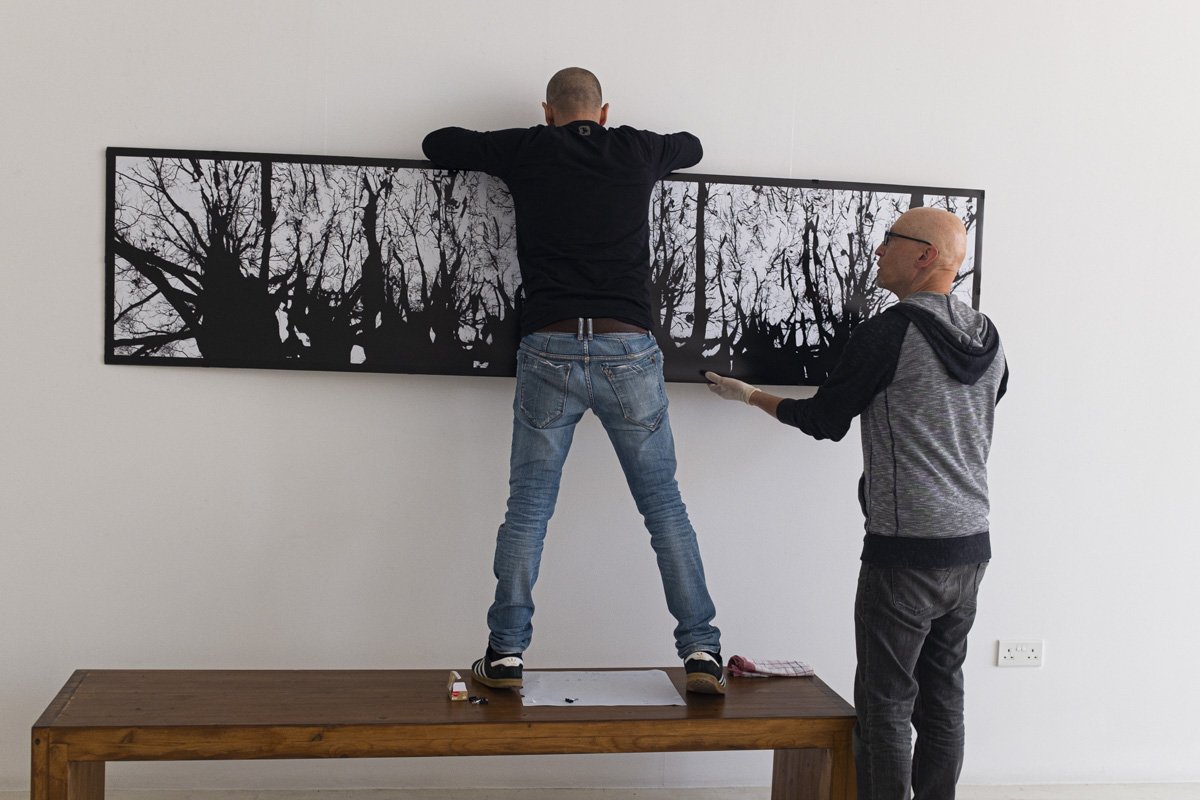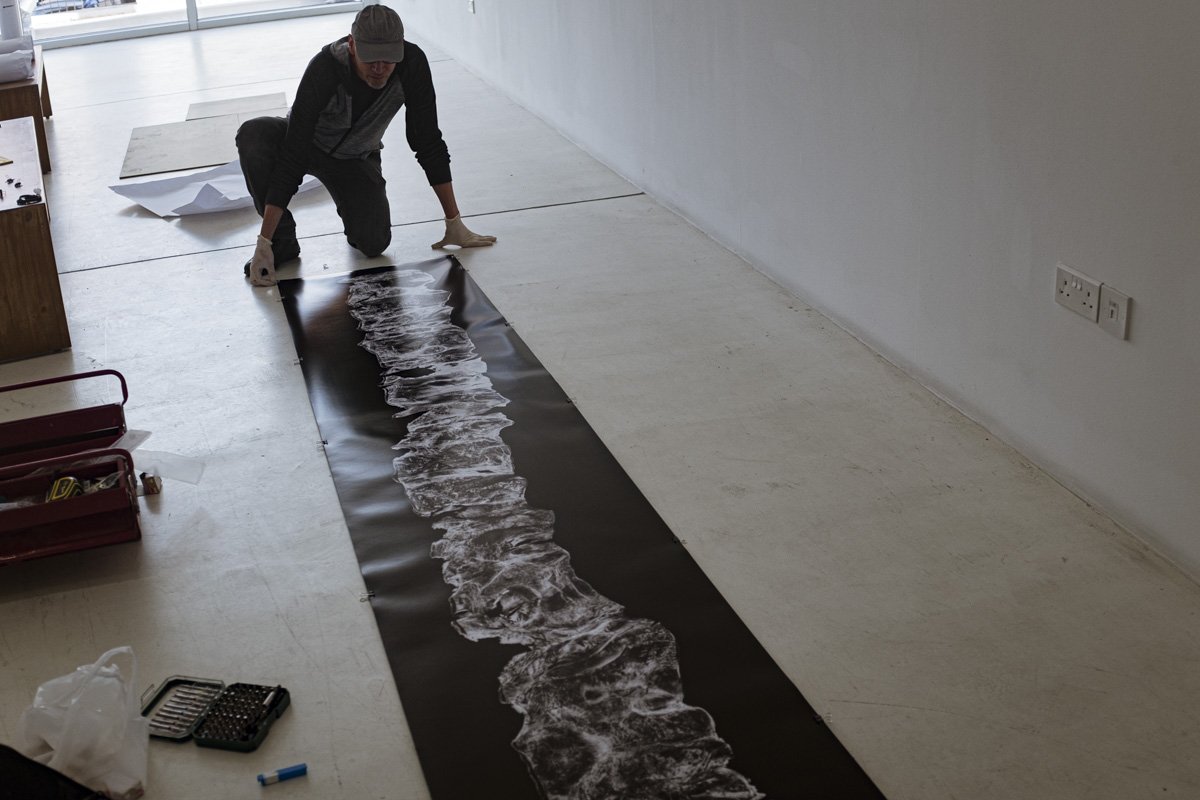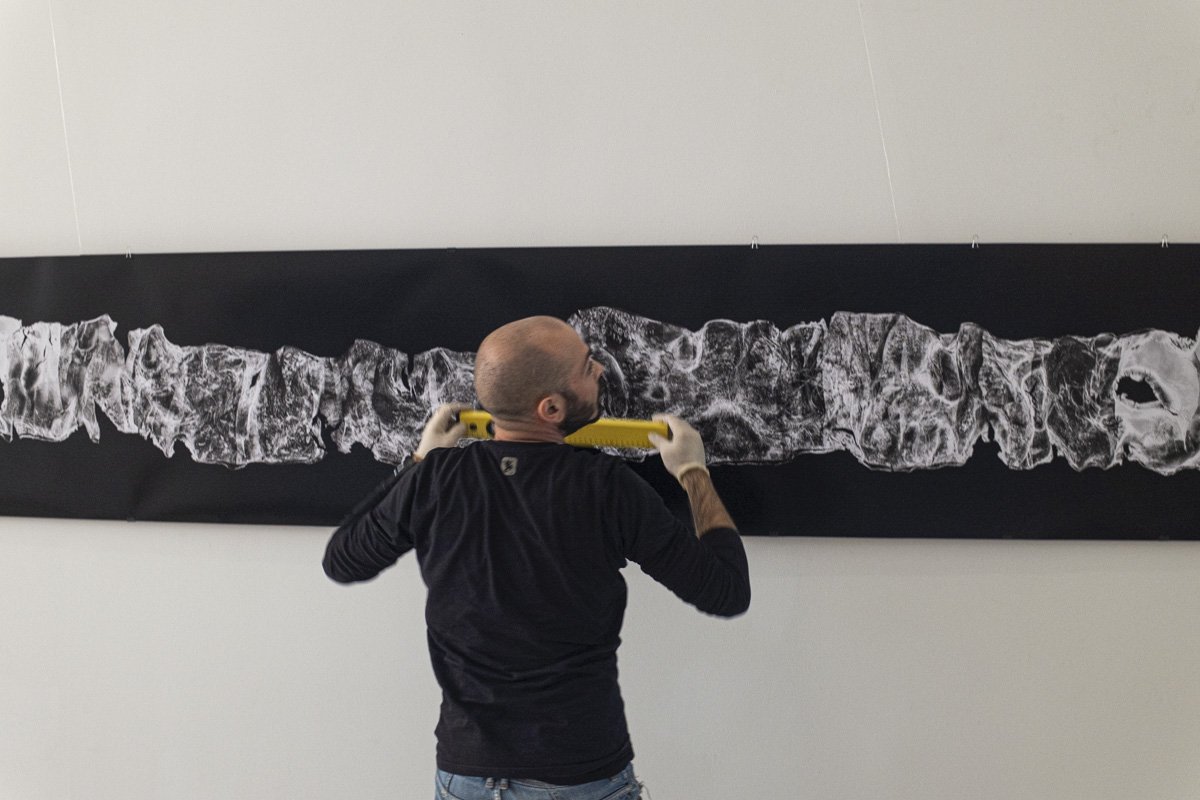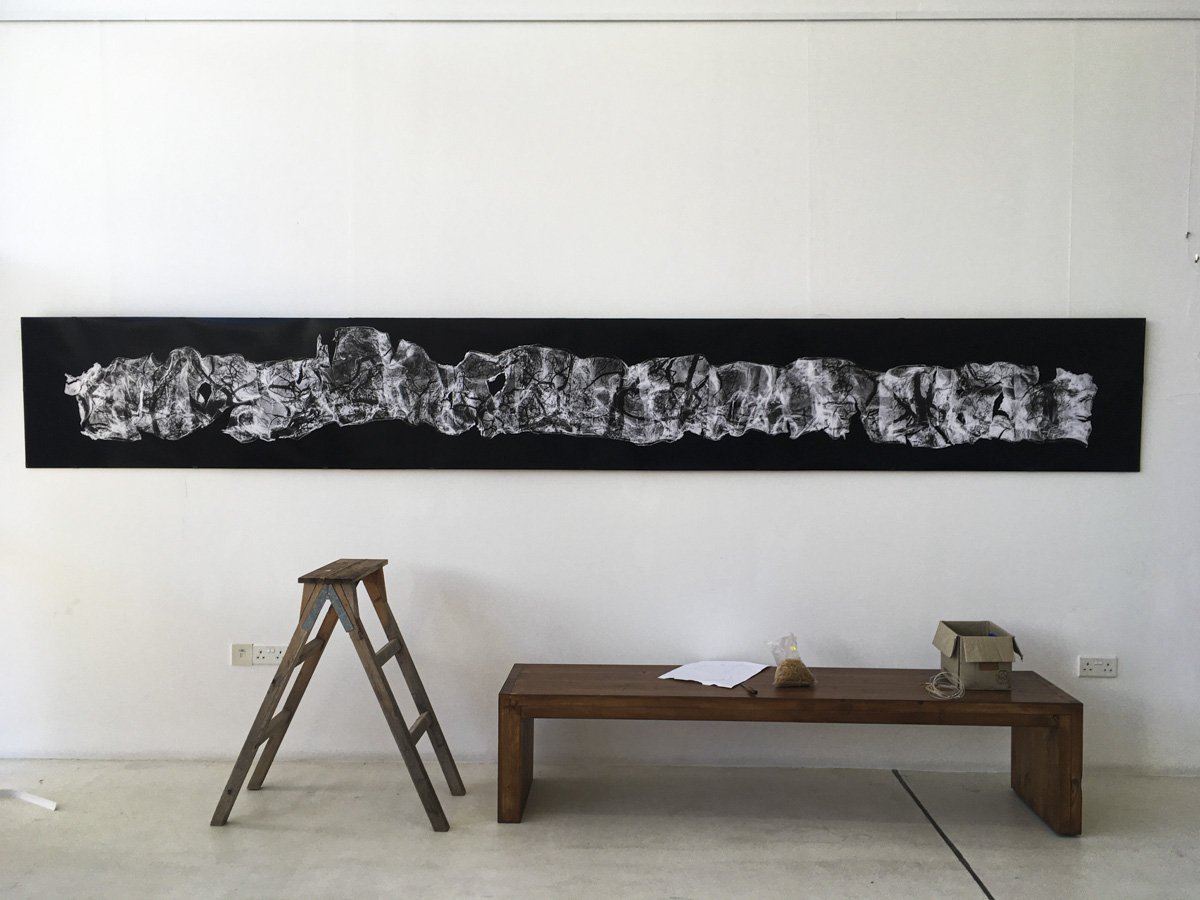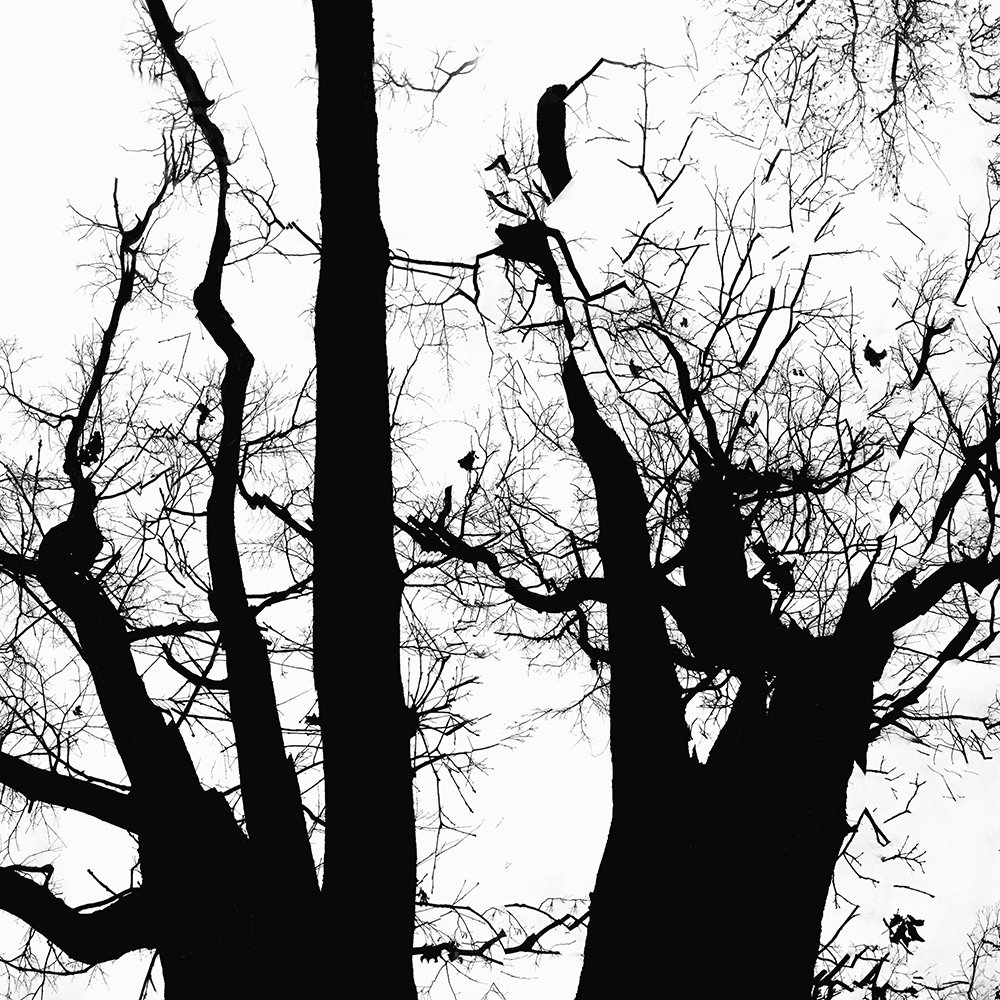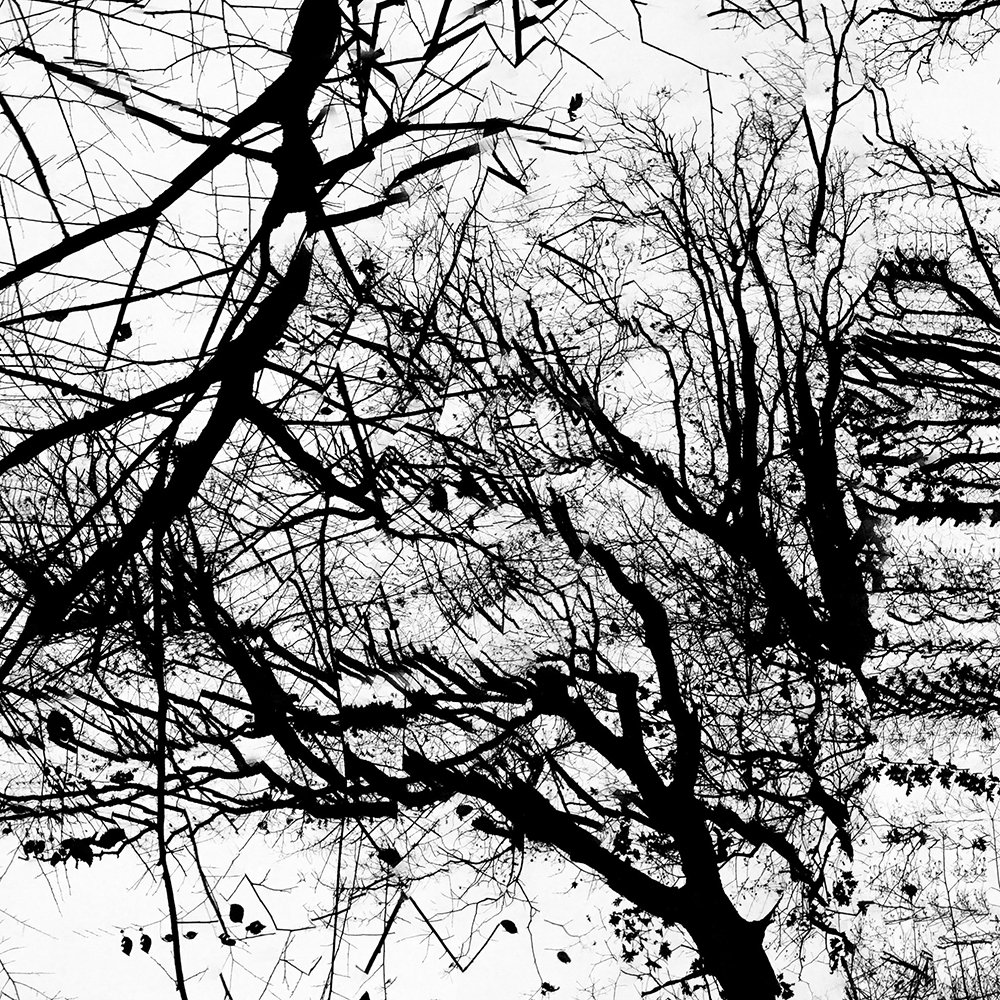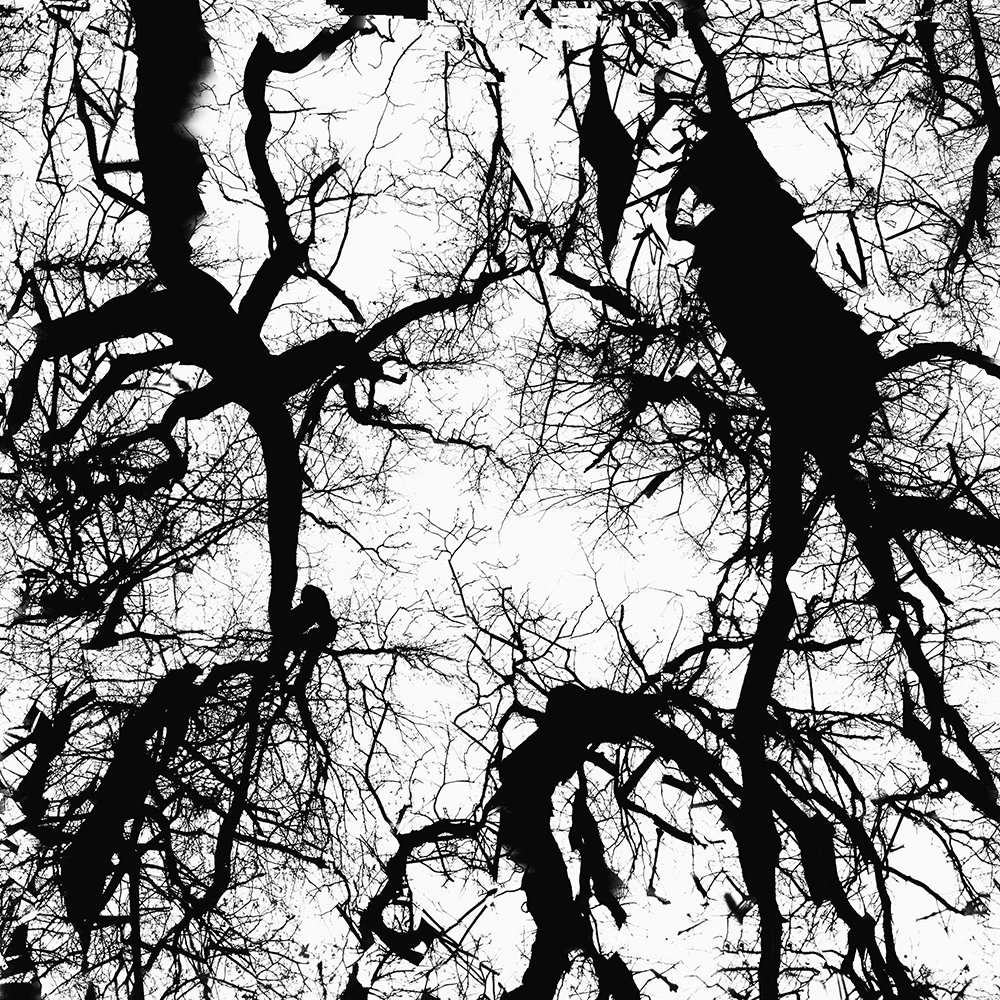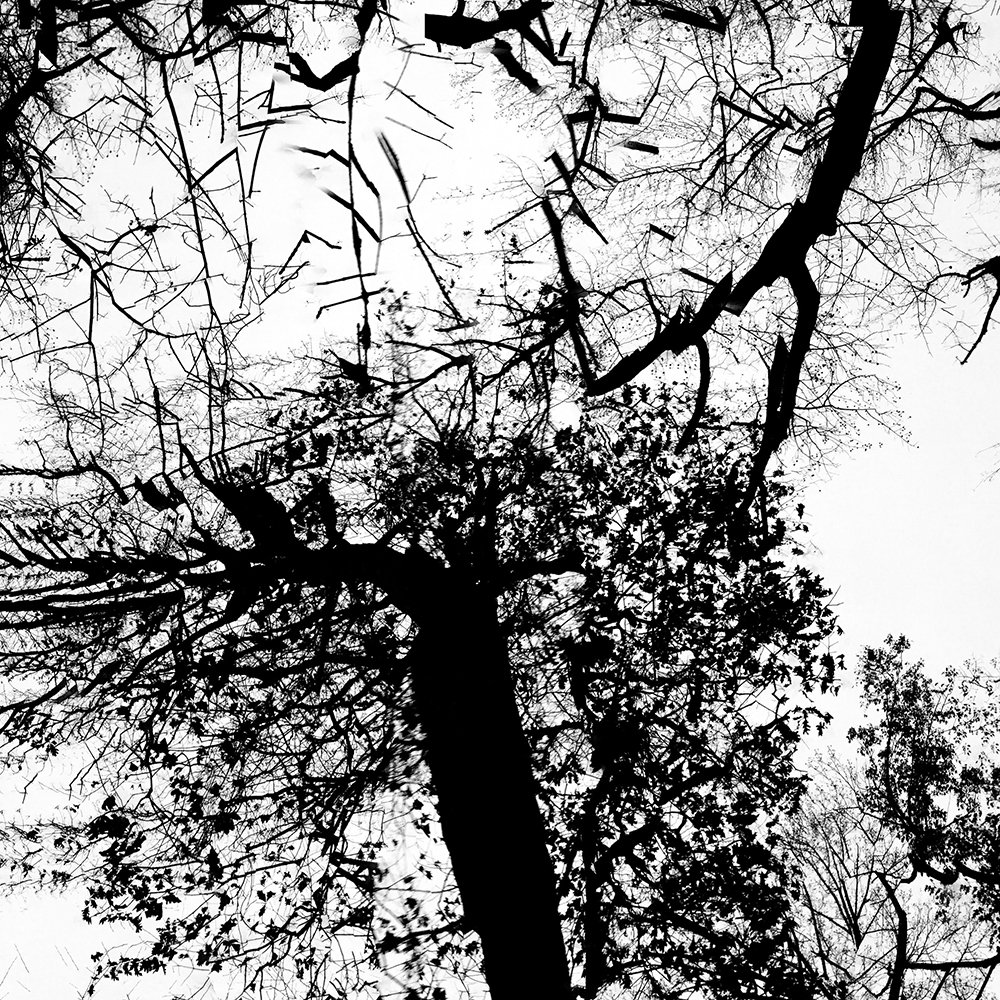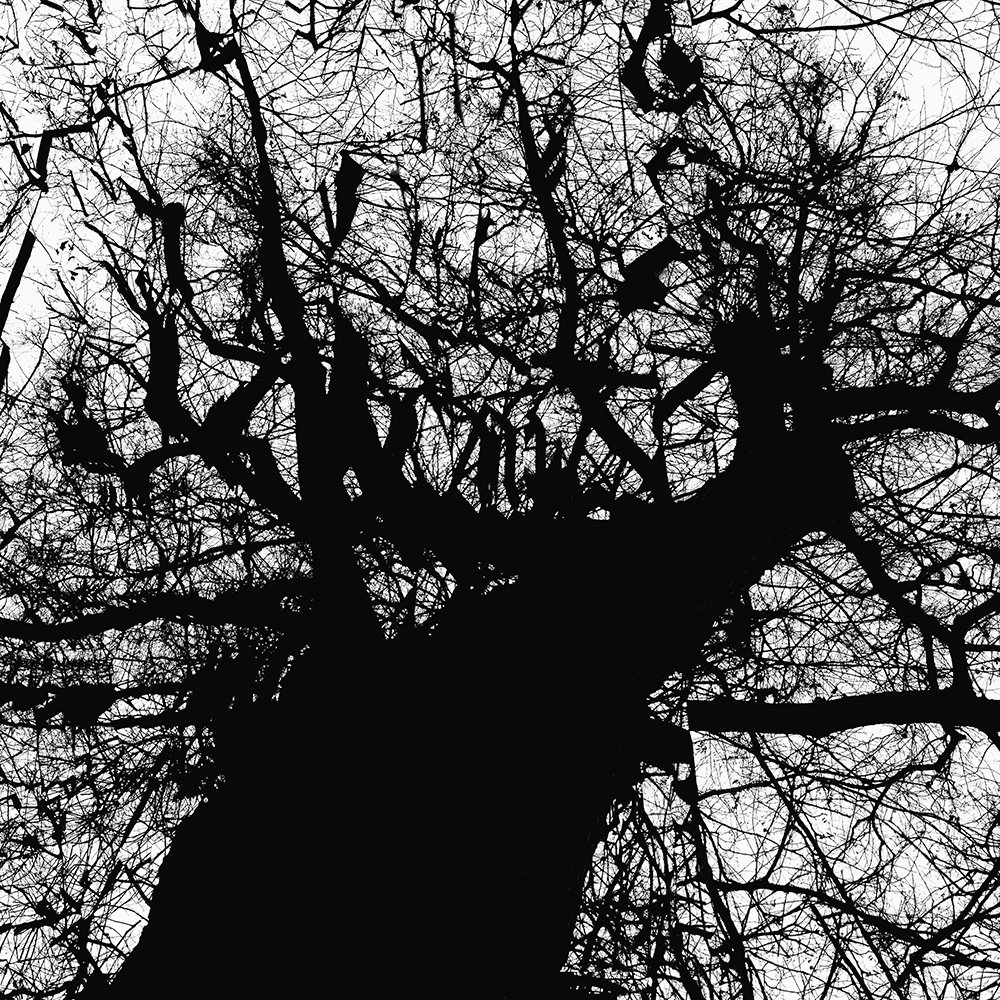All 8 members of @Atlantika Collective are creating artwork, writing or curating in relation to the climate crisis and the environmental challenges we currently face. And now, the fourth in an ongoing series of group exhibitions explores this theme, which may be the single most important challenge that humankind faces. Titled Climate for Change, the latest exhibit evolves further to respond to the new location, the Pinkard Gallery at the Maryland Institute College of Art (MICA) in Baltimore. It features new or recent work by Gabriela Bulišová, Todd Forsgren, Billy Friebele, Mark Isaac, Katie Kehoe, Yam Chew Oh, and Sue Wrbican, and it is on view through March 3, 2024.
Atlantika members use photography, video, sculpture, and painting to approach the climate emergency from a variety of disparate vantage points. Member and curator Maria Alejandra Sáenz grouped the show according to broad themes, including artwork related to water, our forests, and other ecological subjects. These focal points assist the viewer in drawing connections between the work of the disparate artists. According to Sáenz's written statement, Climate for Change "illustrates the current environmental emergency and complex symptoms of climate change. As the ecological planetary crisis unfolds, the works in this exhibition advocate for immediate action. They act as beacons that bring light to the possibilities of transforming our relationship with the natural world."
Images by Yam Chew Oh were captured during installation of the exhibition.
The opening reception will take place on January 25, 2024 from 5:00 to 7:00 pm. You can find more details about the event here: https://www.mica.edu/events-exhibitions/events-calendar/details/atlantika-collective-climate-for-change-opening-reception/2024-01-25/. That will be followed closely by a joint artist talk by Atlantika members on January 29th at noon in Falvey Hall in MICA's Brown Center. Several Atlantika members will appear live and others will join by video from around the US and Europe. The artists will provide background on Atlantika Collective, discuss their goals and intentions in addressing climate change, present their work, and take questions.
In addition, the artists plan a panel discussion together with local environmental activists to focus on their goal of moving beyond "raising awareness" and contributing to a groundswell of action aimed at reversing the environmental damage we are currently witnessing. The details of this event will be announced in the near future. All events are free and open to the public.
The Members of Atlantika are extremely thankful to Yam Chew Oh, whose hard work was critical in bringing about the exhibition, to curator Maria Alejandra Sáenz, to Megan Irwin for her outstanding graphic designs, to Andrea Dixon and the entire exhibitions team at MICA, and to the MICA professors, environmental activists, and other individuals involved in organizing the related events.













